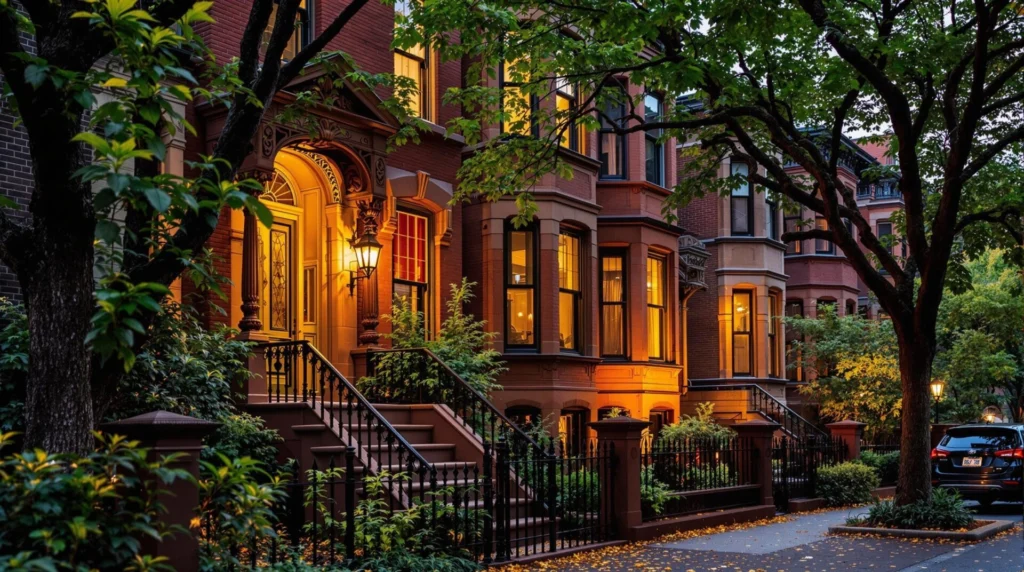Key Takeaways
- Smart space utilization and mixed-use developments can significantly maximize urban real estate potential.
- Green building practices and adaptive reuse strategies improve sustainability and attract eco-conscious tenants.
- Leveraging technology enhances marketing, property management, and decision-making for urban real estate investments.
Introduction: Unlocking Urban Real Estate Potential
Maximizing real estate potential in urban centers is all about smartly utilizing space, embracing multifunctional areas, and going vertical whenever possible.
Mixed-use developments can transform neighborhoods into vibrant communities where everything you need is within walking distance.
Green building practices not only help the environment but also attract eco-conscious tenants.
Repurposing old buildings maintains historical charm while tailoring to modern needs.
Finally, leveraging technology like virtual tours and smart home systems can enhance property management and marketing efforts.
By exploring these strategies, you’ll reveal the key to thriving urban real estate.
Let’s journey further.
Smart Space Utilization
Smart space utilization is the cornerstone of maximizing real estate potential. When you think about vertical living, it’s all about making the most out of limited space by building upwards rather than outwards. This concept allows you to accommodate more people and activities within the same footprint.
Imagine a high-rise apartment where each floor serves a different purpose; this is a prime example of vertical living.
Now, let’s talk about multifunctional areas. These spaces are designed to serve more than one function, which is essential in urban environments where space is at a premium. For instance, your living room can double as a home office.
All you need is a foldable desk and some smart storage solutions. By incorporating multifunctional areas, you’re not only saving space but also making your home more versatile.
You can also make use of vertical storage. Shelves that go up to the ceiling can free up floor space and keep your home organized. Think about using wall-mounted desks or beds that fold up into the wall.
These elements can transform a small room into a multifunctional powerhouse, maximizing every square inch efficiently.
Mixed-Use Developments
Why settle for just one type of space when you can have it all? Mixed-use developments combine residential, commercial, and recreational spaces into a single property, creating vibrant, multifunctional environments. These developments foster community engagement by bringing people together in shared spaces, whether they’re grabbing coffee, attending a fitness class, or working in a co-working space.
You’ll find that mixed-use developments greatly impact the local economy.
By integrating various types of spaces, these developments attract diverse groups of people, which increases foot traffic and boosts local businesses. Restaurants, shops, and service providers thrive in these bustling environments, creating jobs and generating revenue.
Moreover, mixed-use developments make urban living more convenient. Imagine living in a place where you can walk to work, shop for groceries, and enjoy leisure activities without needing a car. This setup not only saves time but also promotes a healthier lifestyle.
In essence, mixed-use developments create dynamic, self-sustaining communities. They enhance the quality of life for residents and stimulate economic growth.
So, when considering the potential of urban real estate, think about how mixed-use spaces can offer a holistic, engaging, and economically beneficial experience.
Green Building Practices
As mixed-use developments continue to reshape urban landscapes, another important trend is making waves: green building practices. By focusing on sustainable materials and energy efficiency, you can create buildings that not only benefit the environment but also enhance the quality of life for residents and businesses.
When you choose sustainable materials, you’re opting for resources that have a minimal impact on the environment.
This could include recycled steel, bamboo, or reclaimed wood. These materials reduce waste and often have a longer lifespan than traditional options, making your buildings more durable and cost-effective in the long run.
Energy efficiency is another vital aspect. By integrating energy-efficient systems, you can greatly reduce the building’s operational costs and carbon footprint. Think about installing solar panels, energy-efficient windows, and smart thermostats.
These innovations can help you save on energy bills while also contributing to a healthier planet.
Moreover, green building practices can increase property value and attract environmentally-conscious tenants. People are becoming more aware of their environmental impact and are often willing to pay a premium for sustainable living spaces.
By adopting these practices, you’re not just building for today, but for a more sustainable future.
Adaptive Reuse Strategies
Adaptive reuse strategies are transforming how we approach older buildings in urban areas. By repurposing these structures, you can breathe new life into spaces that might otherwise be neglected.
Not only does this practice emphasize historic preservation, but it also fosters community engagement, guaranteeing that the character of the area is maintained while meeting modern needs.
When considering adaptive reuse, here are some key points to keep in mind:
- Assess Structural Integrity: Confirm the building is sound and capable of supporting new functions.
- Respect Historical Elements: Retain unique architectural features to preserve the building’s heritage.
- Engage the Community: Gather input from local residents and stakeholders to align the project with community needs and desires.
- Sustainability: Reusing materials and reducing waste can make your project more environmentally friendly.
- Mixed-Use Development: Combining residential, commercial, and recreational spaces can enhance the building’s utility and appeal.
Leveraging Technology
Leveraging technology can notably transform how you maximize real estate potential, often making processes more efficient and effective. Imagine using virtual reality (VR) to provide potential buyers with immersive property tours from anywhere in the world.
Instead of just viewing photos, they can walk through the property virtually, experiencing the space as if they were there. This can meaningfully enhance your marketing efforts and attract more interested buyers.
Data analytics also plays an essential role in optimizing real estate investments. By analyzing market trends, demographic data, and consumer preferences, you can make informed decisions about where and when to invest.
This not only reduces risks but also increases the likelihood of higher returns.
Here’s how these technologies can evoke a sense of progress and excitement:
| Technology | Emotional Impact |
|---|---|
| Virtual Reality | Immersive |
| Data Analytics | Insightful |
| Smart Home Tech | Innovative |
| AI Predictive Models | Confident |
| Drone Surveys | Thorough |
Utilizing these advanced tools, you can stay ahead in the competitive real estate market. Embracing technology not only streamlines your processes but also helps you connect more effectively with clients, making your real estate endeavors more successful and fulfilling.
Conclusion
By embracing smart space utilization, mixed-use developments, green building practices, adaptive reuse strategies, and leveraging technology, you can truly maximize the potential of urban real estate. You might worry it’s too complex or costly, but these approaches often save money in the long run and offer a sustainable path forward.
Trust in these strategies; they’ll not only enhance property value but also create vibrant, eco-friendly communities that everyone can enjoy.
So, take the leap and transform urban spaces effectively.





















